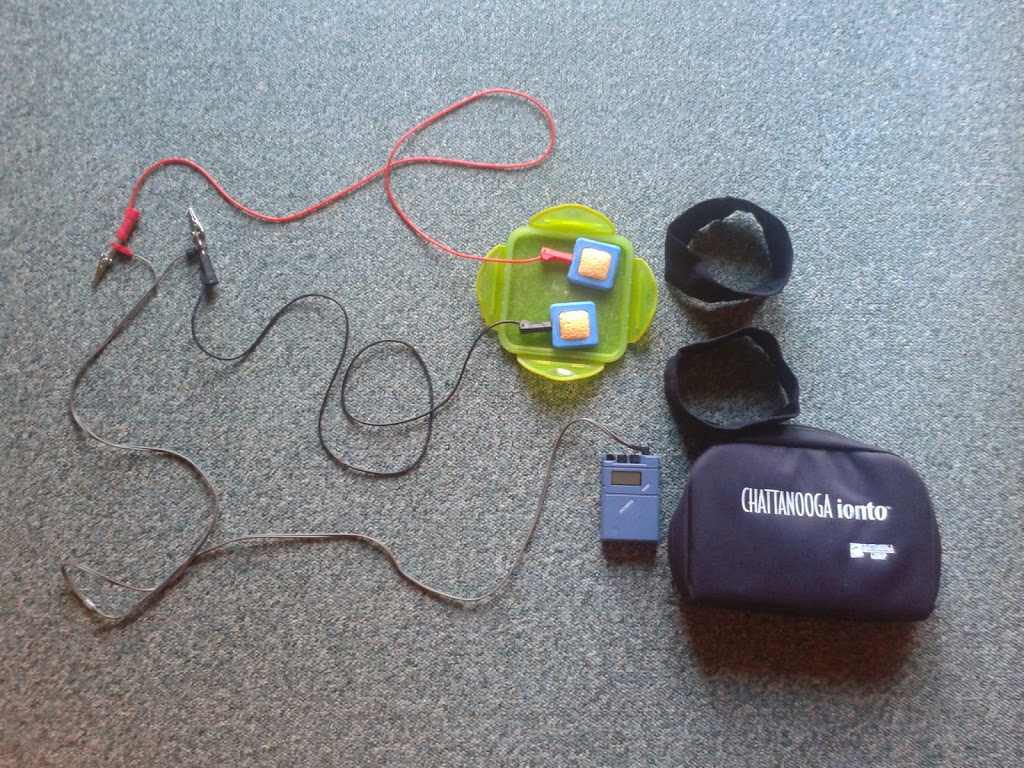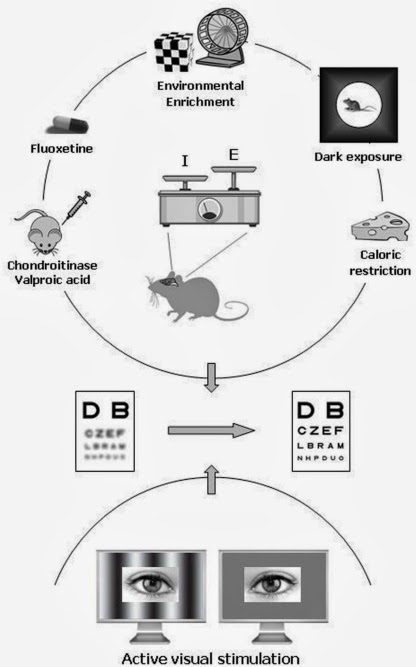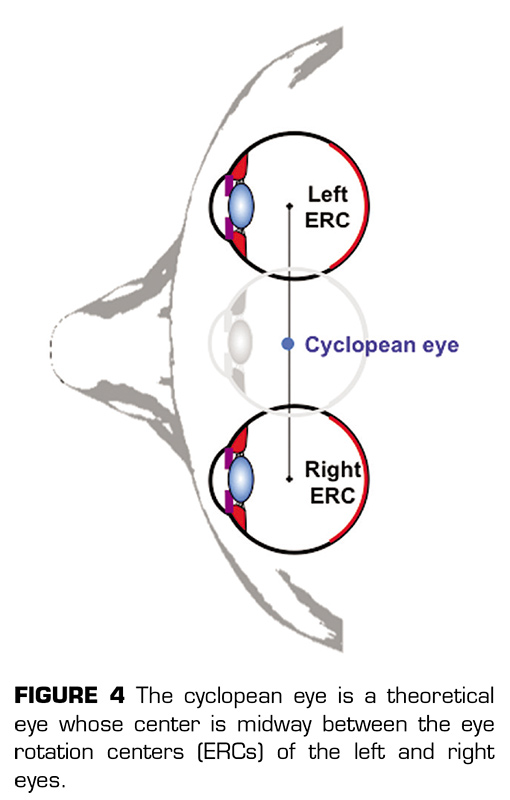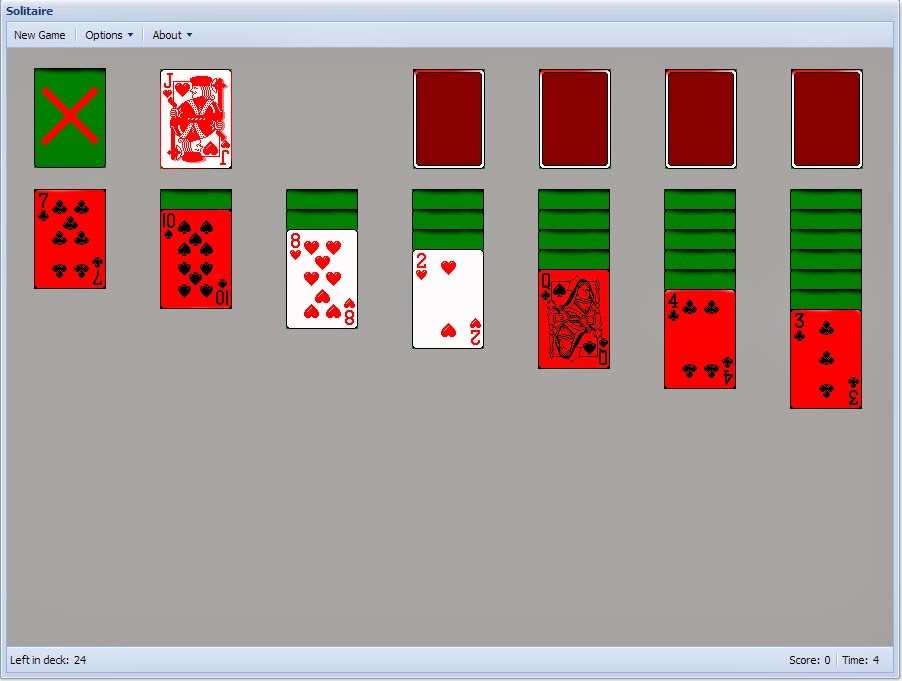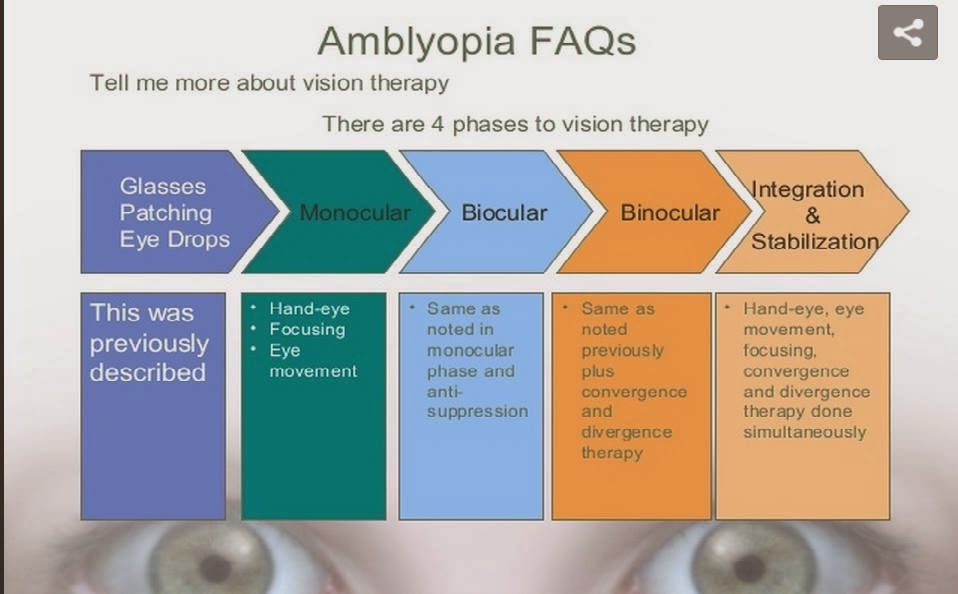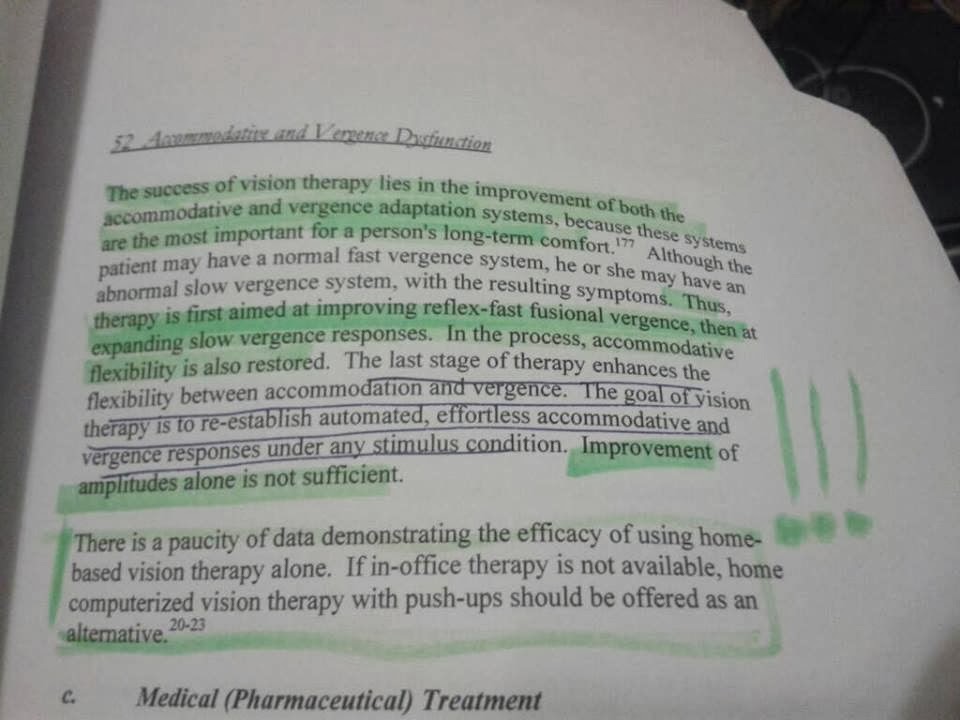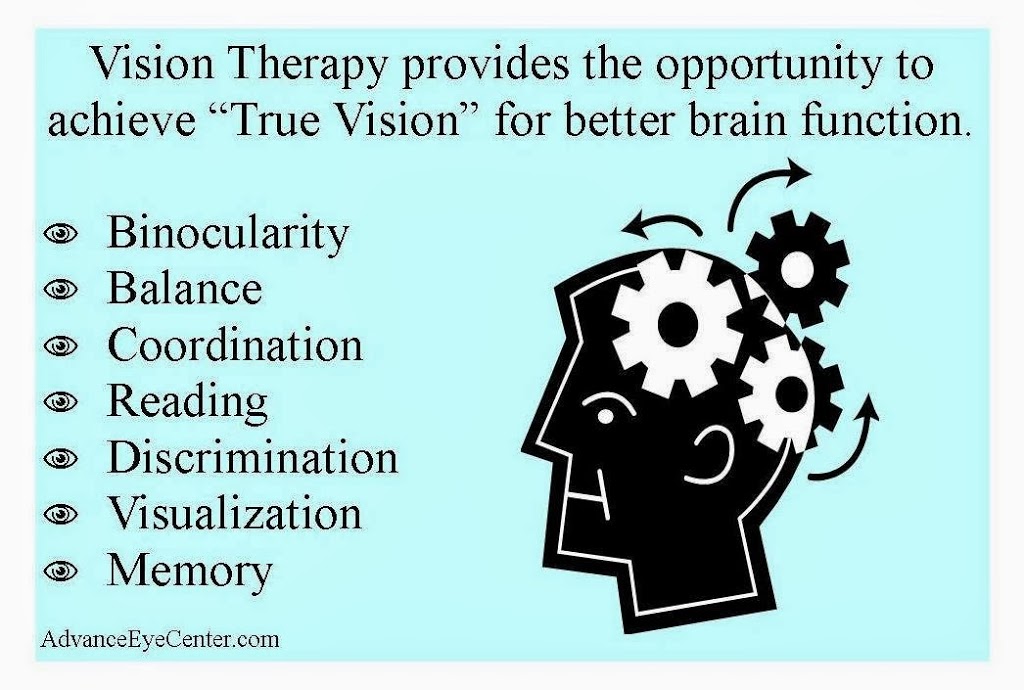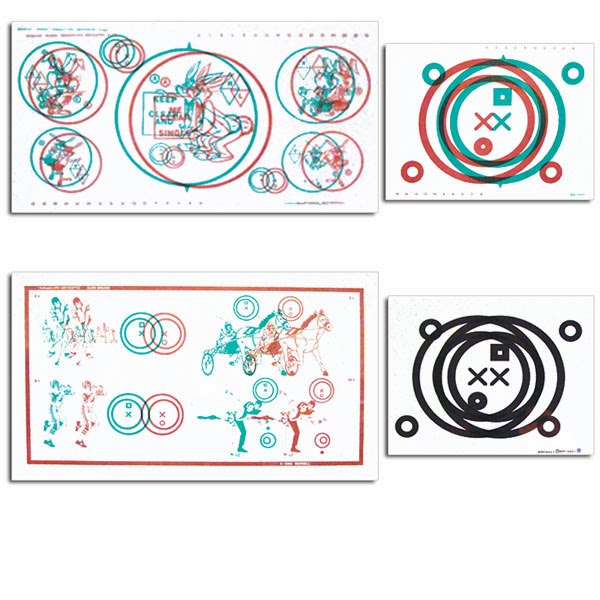Vision Therapy and tDCS (2): How and what?
First of all I want to thank my buddy Andrew for blazing this trail. I knew about TMS and tDCS but I was not planning on trying it myself anytime soon. That was until he figured out what supplies were needed and had successfully tried it on himself with promising…continue reading →
